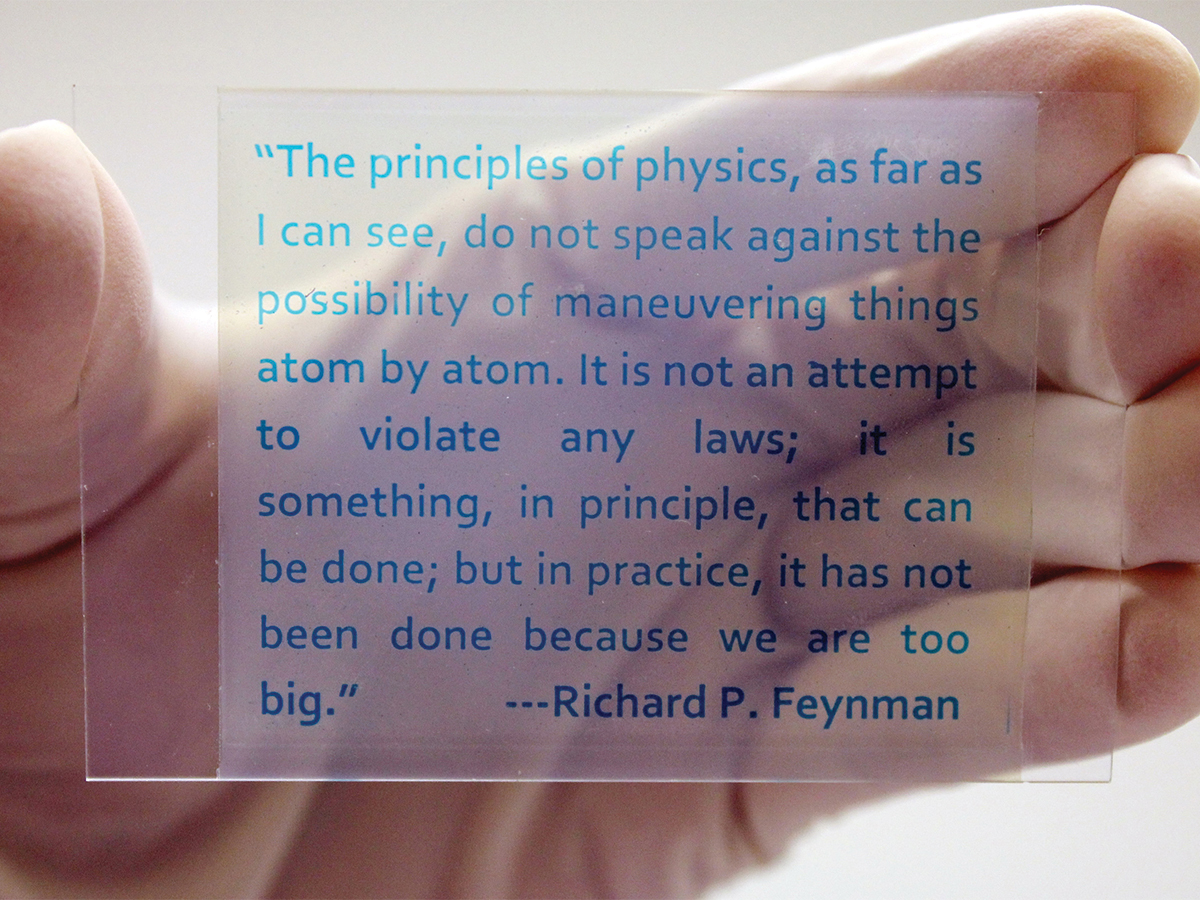
Researchers at UC Riverside, in collaboration with Wenshou Wang at Shandong University in China, have unveiled their invention of a reusable paper coating. Using light, nanoparticles and Prussian blue ink, the researchers have concocted a coating that will enable people to reuse paper up to 80 times.
Speaking of the inspiration behind the invention, Yadong Yin, one of the researchers at UCR, and his team wanted to invent this paper as a way to “curb the adverse impacts of paper production and use to environment and natural resources.” In an article he authored in The Conversation, Yin spoke in depth on the harmful effects that paper consumption has on the environment, writing, “Worldwide, the pulp and paper industry is the fifth largest consumer of energy and uses more water to produce a ton of product than any other industry.” He added that it is not simply the use of paper, but production, delivery and waste as a whole that contributes to pollution.
The coating that enables multiple uses is applied to conventional paper using light, nanoparticles and Prussian blue ink. The coating is printed with light and is composed of two types of nanoparticles. “One particle is able to get energy from light and initiates color change of the other,” according to Yin’s article.
The coating when first printed looks blue, but becomes translucent when presented with ultraviolet rays, with the intended areas printing in color. Speaking of the process, Yin wrote that the printing is relatively fast, “taking only a few seconds to complete.” The paper remains visible for an estimated five days and eventually fades as “oxygen in the air takes electrons from the Prussian blue nanoparticles and turn them back to blue.” If necessary, the paper can be erased in up to 10 minutes by heating the paper and film to 250 degrees Fahrenheit.
Yin and his team have only been able to produce eight different colors such as green and brown by using “a few typical metal cations.” However, Yin said that he believes they can create more colors when “considering the fact that we have many types of metal cations in the periodic table.” Thus far, the team has only been able to print in one color at a time due to the complexity of the process, but acknowledges that in principle it is possible to print in multiple colors. “We are now working hard to address this challenge, with the hope to eventually realize full color printing,” he said.
When asked about the commercialization of this new way of printing, Yin said he believes that their first product could be made available within the next two to three years. He conceded that there are minor challenges to the commercialization, but nothing significant enough to impede the release. He also added that while the paper would require a special printer, “The printer is expected to be simpler to built (sic) and cheaper to manufacture than the existing laser printers. In addition, it does not need any consumables such as ink and toner cartridges.”








